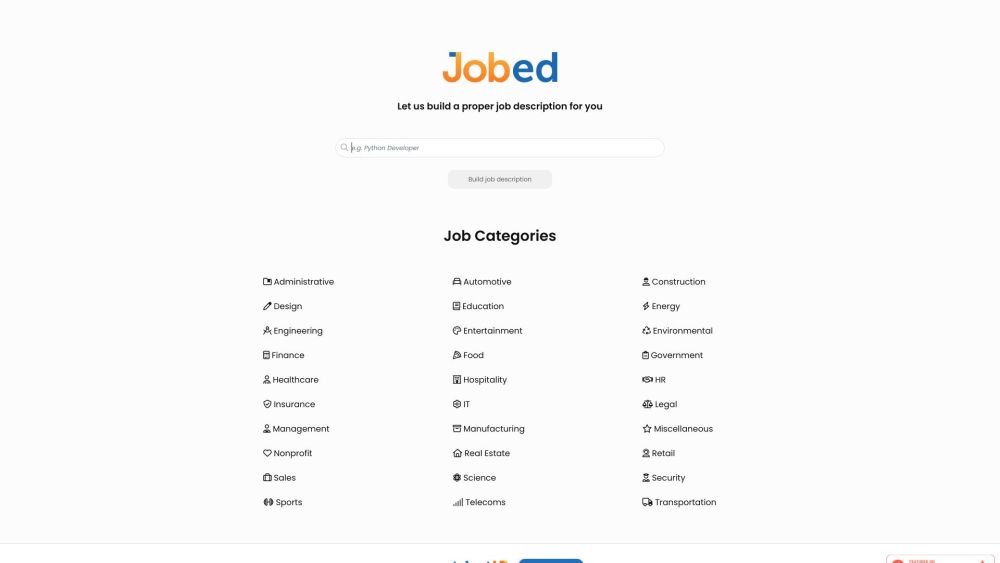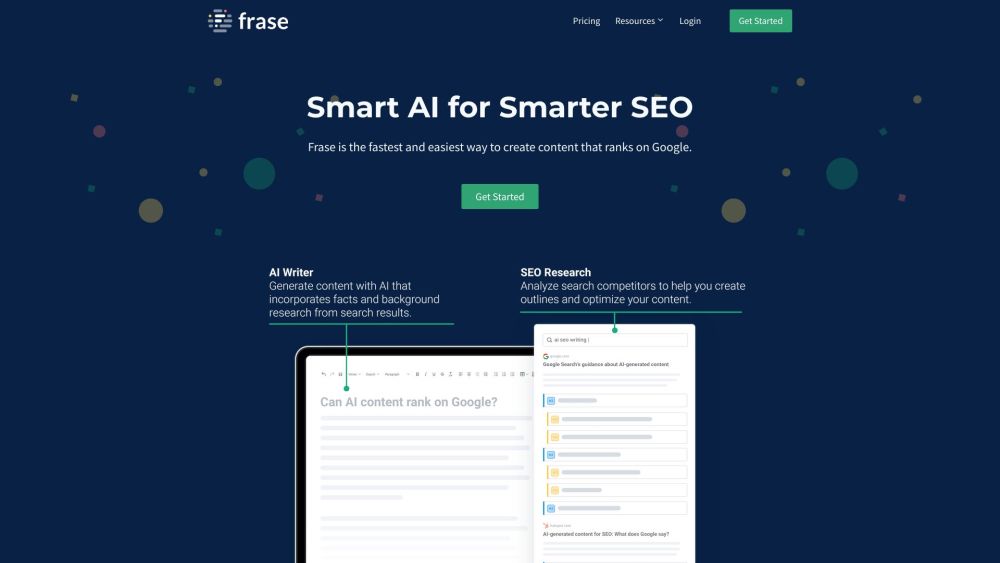With the release of OpenAI's GPT-4o and Google’s Gemini Live, the standards for human-computer interaction in large model products are undergoing a significant transformation. These models have made remarkable technological advancements, redefining the way we communicate with machines. In this article, we will explore the key differences between GPT-4o and Gemini Live.
1. Differences in Multimodal Interaction
GPT-4o, OpenAI's flagship model, boasts impressive cross-modal reasoning capabilities. It can process text, audio, and video inputs simultaneously and generate relevant outputs. Its exceptional performance in visual and audio comprehension allows it to create high-quality images and understand their content, resulting in greater flexibility and efficiency when tackling complex tasks.
In contrast, Google’s Gemini Live also features multimodal functionality but relies on other models for its capabilities, such as using Imagen 3 for image generation and Veo for video output. This dependence slightly limits its native integration and autonomy compared to GPT-4o.
2. Emotional Intelligence and Feedback
GPT-4o excels in emotional sensing, effectively analyzing video and audio to gauge a user's emotions and providing natural, human-like feedback. In storytelling scenarios, users can interrupt GPT-4o at any moment, and it seamlessly adjusts its tone and emotional response. This capacity for emotional understanding enhances the naturalness of human-computer interaction.
On the other hand, Gemini Live has yet to demonstrate clear emotional perception capabilities. Despite Google's significant expertise in AI, there remains room for growth in Gemini Live’s emotional understanding.
3. Response Speed and Performance
GPT-4o achieves a notable increase in response speed, offering twice the reasoning speed of GPT-4 Turbo while halving costs. This improvement presents substantial advantages for real-time voice and visual enhancement applications. Furthermore, GPT-4o matches GPT-4 Turbo’s performance in text reasoning and coding intelligence, setting new benchmarks in multilingual, audio, and visual capabilities.
Currently, Google has not released specific performance metrics for Gemini Live. However, considering its technological strength, it is expected to perform comparably to similar products, though it may not match GPT-4o in response speed and cost-efficiency.
4. Ecosystem Strategy and Partnerships
OpenAI’s voice-enabled ChatGPT assistant powered by GPT-4o is already available within ChatGPT, complemented by a model API release. Additionally, OpenAI's collaborations with tech giants like Apple and Microsoft have accelerated its deployment in practical applications, enhancing its competitive edge in user experience and application scenarios.
In contrast, Gemini Live’s ecosystem strategy and partnership details have not yet been clearly articulated. Nevertheless, as a major tech player, Google’s influence in AI may foster future collaborations with other organizations to broaden its application landscape.
Conclusion
In summary, GPT-4o and Gemini Live each have unique strengths in the evolving standards of human-computer interaction for large model products. GPT-4o stands out in multimodal reasoning, emotional comprehension, and response speed, while Gemini Live's potential in ecosystem strategy and partnership opportunities should not be overlooked. The competition between these models will drive the continued advancement of human-computer interaction standards in large model technologies.





